This manual is intended to cover fungi having different kind of hymenophore but with distinct brown basidiocarps turning permanently black in KOH. The earlier reports of hymenochaetaceous fungi from India dates back to Montagne (1842, 1846); Berkeley (1954); Llyod (1898-1925) and Theissen (1911). However, Bose (1924, 1925, 1934, 1937, 1946); Bagchee et al 1954, Bakshi 1971 and Rattan 1977 were among the pioneer Indian workers giving accounts of many species belonging to Hymenochaetaceae. In addition, there are some other scattered reports on these fungi from India by : Bagchee (1957, 1961); Bagchee and Bakshi (1950); Bagchee & Singh (1960); Bakshi (1957): Bakshi et al (1963); Banerjee (1935, 1947); Ganesh and Leelavathy (1986); Lowe (1963); Pegler (1964a, 1967); Reid et al. (1958, 1959); Roy (1979); Ryvarden and Dhanda (1975); Sharma (1989, 1993, 1994a & b); Sharma and Wright (1989); Sharma & Ghosh (1989); Thind & Adlakha (1956), Thind & Chatrath (1960); Thind & Dhanda (1979, 1980a & b); Thind & Rattan (1971a & b, 1973) and Thind at al (1970). These reports, however do not cover the entire specific composition of Hymenochaetaceous fungi and in majority of cases, owing to the extremely inadequate or incomplete descriptions, the species of Hymenochactaceae cannot be determined. The author’s main objective in the given work is to present the specific composition of Hymenochaetaceae in India and also possibly to give full information about their morphology, biology, distribution and systematization. The information compiled in this manual from the fields of taxonomy, morphology, and ecology of these fungi is based on the material collected extensively during the period 1980-1994 by the author from different regions of the country. The material collected by the author aggregated to about 2500 specimens belonging to 98 species. Apart from this, the author also utilized extensively, the herbarium material accumulated in other Indian Herbaria viz. PAN, CAL, DD, BSD, HCIO and AMH. Though, the author has strived to make his work sufficiently complete and assimilable by wide circles or researchers of corresponding institutes but inspite of such a significant amount of accumulated material, the results of my investigations cannot all the same reflect either the completeness or the diversity of species composition of these fungi, as the huge territory of India has not so far been sufficiently explored in this respect. The genera have been placed alphabetically. The description of each genus comprises separate keys for determination of the species included in the genus. For easy consultation, the specific taxa within each genus are also recorded and arranged alphabetically with their basionyms. Only those synonyms, are given which have been recorded from India by earlier workers. For each taxon, the accepted name has been recorded with authority, its date and place of publication. The abbreviations of the names of author follows Hawksworth (1980). The description of each species contains the characteristics of macroscopic and microscopic structures of the basidiocarps. It is supplemented by other biological data important for identification of a species indicating the frequency of occurrence (very rare, rare, common, abundant) their habitat, life form (saprophyte or parasite) and the kind of rot. The final notes of each description present the most typical features of fruitbody by which the latter may be readily distinguished from those of similar species. With a few exceptions, the illustrations of microscopic morphology of basidiocarps are derived from the author’s material collected from India. Drawings were made with a camera lucida. Colours are quoted from Kelly & Judd (1955).
Aphyllophorales of Himalaya: Auriscalpiaceae: Tremellodendropsis
The present volume provides ...
$109.80
$122.00



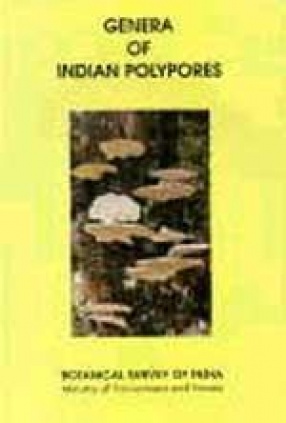
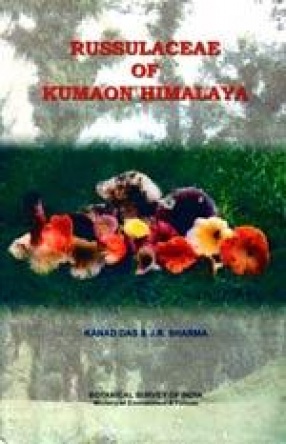
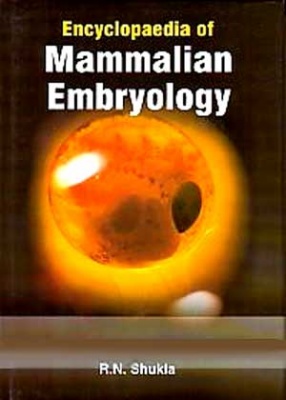
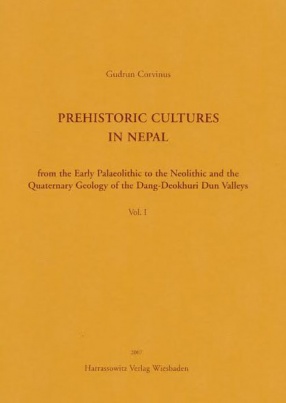
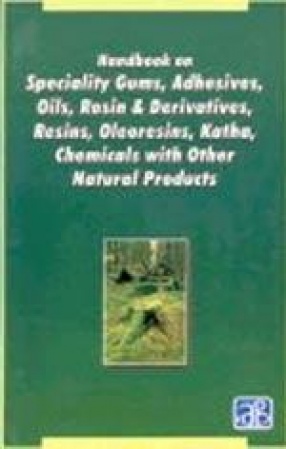
There are no reviews yet.